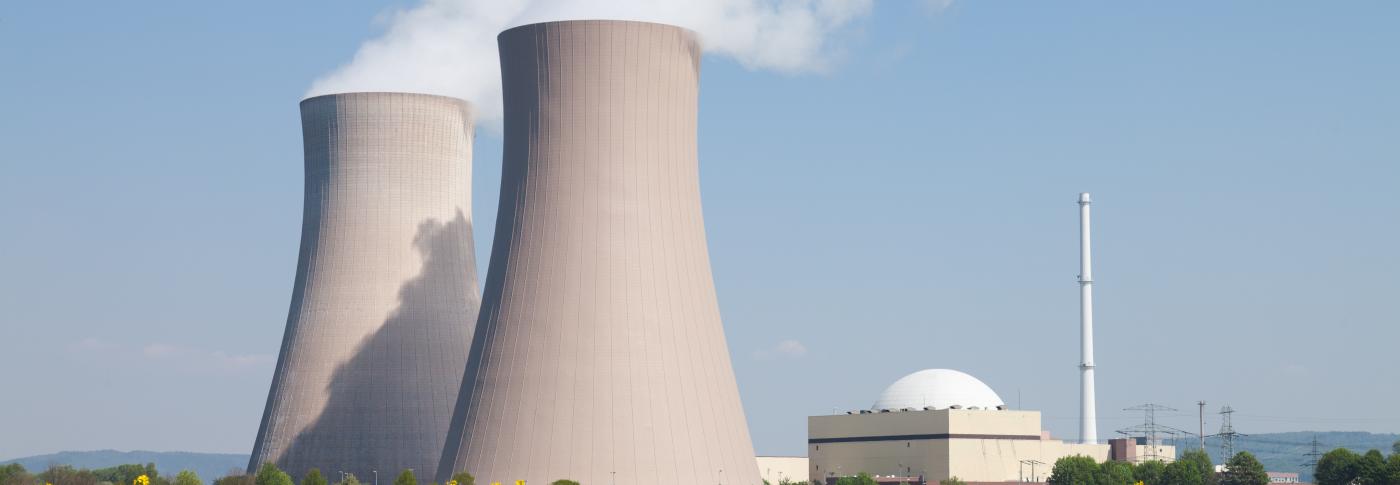Nuclear generation is and is expected to continue to be an important part of the GB generation mix as we progress toward net zero, The Prime Minister’s recent 10-point plan laid clear that nuclear has a key role to play in the 21st century energy mix.
Nuclear power stations work in a very similar method to coal and gas fired power stations.
A nuclear reactor is driven by the splitting of atoms, a process called fission, where a particle is fired at an atom, which then fissions into two smaller atoms and some additional neutrons. Some of the neutrons that are released then hit other atoms, causing them to fission too and release more neutrons. This is called a chain reaction, and the whole process creates a lot of heat.
The generated heat is removed from the reactor by a circulating fluid, typically water. This heat can then be used to generate steam, which drives turbines for electricity production.
Great Britain was actually the first country to build a commercial nuclear power station with Calder Hall coming online in 1956. These were two small 65MW dual purpose reactors.
Since then nuclear has expanded and there are now eight active power stations.
If we look at 2020, nuclear accounted for 17.2% of all GB electricity generation, trailing only gas and wind this figure has been relatively consistent for the past 25 years.
Firstly, in a sense a nuclear power plant is a traditional generator like coal or gas. It also provides vital system inertia. It’s also an ‘always on’ power source and isn’t dependent on the weather like wind and solar tends to be, and therefore can provide power 24/7.
Secondly, while we fully understand the concerns with the decommissioning of nuclear plants while operating, nuclear is zero carbon and adds no emissions to the atmosphere. This means they can deliver large amounts of electricity with no CO2 emissions resulting.
One of the benefits of nuclear is that it can run 24 hours a day with no additional fuel required. Although they require a lot of maintenance, some nuclear power stations are now certified for 80 years of operation, far longer than a gas or coal generator.
As we as ESO drive towards zero carbon operation in 2025, and the UK heads for net zero by 2050, the mix of electricity generation will change. 2020 saw the longest period of coal free generation, along with record wind and solar.
The Prime Minister discussed the role of nuclear in his recent 10-point plan, stating the UK government would be ‘Advancing nuclear as a clean energy source, across large scale nuclear and developing the next generation of small and advanced reactors’
Sizewell C is currently under consultation with proposed generation of 3.2GW.
In addition, the future may see the introduction of Small Modular Reactors. These are smaller version of nuclear power plants, similar to those that power nuclear submarines and ships e.g. very small reactors are used in Russian ice breaking ships. The benefit of these, as they are modular, is that they can be manufactured, shipped to locations near to demand, and then setup on site. At the end of their lifespan, they can be dismantled and sent back to the manufacturer.
The power output is substantially less than a full-scale nuclear power station, but they may still produce 200-500MW.
The UK is committed to the expansion of zero carbon renewables like wind and solar. However, nuclear power will continue to be a key generation source on the road to net zero in 2050.

